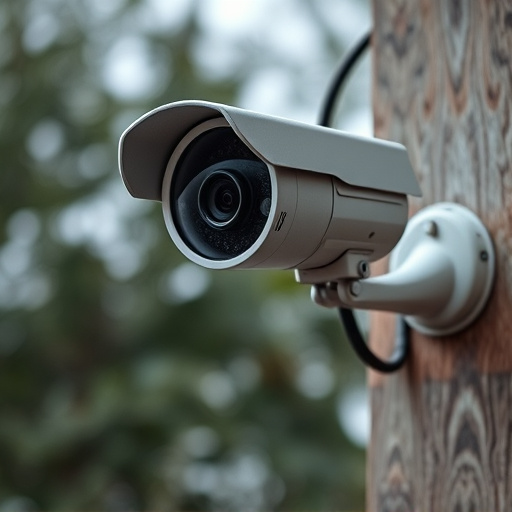Fake cameras act as powerful psychological deterrents for potential criminals in neighborhoods, reducing crimes like burglary and theft by signaling enhanced security. Strategically placed in public spaces or residential areas, these realistic units cost-effectively foster community watch and safety efforts when combined with regular maintenance and randomization of locations.
“Uncover the power of deception in crime prevention with our exploration of empty security camera housing units. These strategic fake cameras offer a unique approach to neighborhood safety, deterring potential criminals without the hefty cost and logistical constraints of traditional surveillance systems.
In this article, we demystify the concept, highlighting its benefits for community crime reduction. We’ll guide you through effective implementation strategies, ensuring optimal results in harnessing the power of visual deception for enhanced neighborhood security.”
- Understanding the Concept of Fake Cameras
- Benefits for Neighborhood Crime Prevention
- Strategies and Best Practices for Implementation
Understanding the Concept of Fake Cameras
Fake cameras, also known as decoy or mock security cameras, are an innovative solution in neighborhood crime prevention. They serve as a powerful psychological tool by deterring potential criminals, as their presence suggests a heightened level of surveillance. These realistic-looking camera units are designed to mimic the appearance of authentic security equipment, effectively tricking would-be offenders into believing they are under constant watch.
In today’s digital era, where real cameras might be easily accessible and visible, fake cameras offer an additional layer of protection. By strategically placing these decoy units in public spaces or residential areas, communities can create the perception of enhanced security, which often acts as a deterrent for crimes such as burglary, vandalism, or theft. This simple yet effective strategy can foster a safer environment, providing peace of mind for residents and businesses alike.
Benefits for Neighborhood Crime Prevention
Empty security camera housing units, while seemingly simple, offer significant benefits for neighborhood crime prevention. By strategically placing these realistic-looking fake cameras around residential areas, communities can deter potential criminals. The mere presence of these devices sends a strong message that neighbors are vigilant and aware, making it less likely for crimes to occur.
Moreover, fake cameras provide a cost-effective solution for enhancing security without the need for extensive surveillance systems. They offer peace of mind to residents, encouraging a sense of community watch and collective responsibility. In addition, these units can be easily moved or repositioned as needed, making them a flexible and adaptable crime prevention tool for any neighborhood.
Strategies and Best Practices for Implementation
Implementing empty security camera housing units, often used as decoys, can significantly contribute to neighborhood crime prevention. A strategic approach is key for optimal effectiveness. One best practice involves deploying these fake cameras in areas with a history of criminal activity or high crime rates. By strategically placing them, you create the illusion of enhanced surveillance, deterring potential criminals.
Additionally, regular maintenance and randomization of camera locations can maximize their impact. Rotating the positions of both real and fake units can confuse would-be offenders, making it harder to predict where actual surveillance equipment might be hidden. Combining these strategies with community engagement and other crime prevention initiatives creates a multi-faceted approach that strengthens neighborhood safety efforts.
Empty security camera housing units, strategically deployed, offer a creative and cost-effective approach to enhancing neighborhood crime prevention. By utilizing fake cameras, communities can benefit from increased vigilance and deterrence without significant investment in physical surveillance equipment. When implemented thoughtfully, combining real and simulated camera presence creates an environment that sends a powerful message to potential criminals, making it a valuable tool in community safety strategies.
